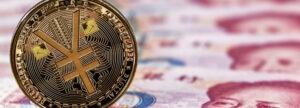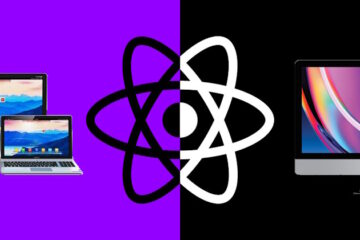The financial world is on the cusp of a significant paradigm shift. With the advent of blockchain technology and its flagship feature, smart contracts, a new era of programmable money is dawning. Leading the charge is the Digital Yuan, China’s central bank digital currency (CBDC), poised to become a pioneer in harnessing the power of this transformative technology. This article delves into the world of smart contracts enabled by the Digital Yuan, exploring their implications for financial instruments and investment strategies. The integration of Yuan Global adds a global dimension to this evolution, highlighting its potential to revolutionize specific aspects of finance on a broader international scale.
Smart Contracts: Code at the Helm of Finance
Imagine agreements that execute themselves autonomously, triggered by predefined conditions within lines of code. This is the magic of smart contracts. Embedded in the distributed ledger technology of blockchain, they automate transactions based on specific terms, eliminating the need for intermediaries and manual processes. The Digital Yuan leverages this capability, enabling a plethora of exciting applications.
From Micropayments to Tailored Financial Solutions:
One example is in micropayments, where minute transactions, previously uneconomical due to processing fees, become feasible. Imagine artists directly receiving micropayments for each stream of their music, or news websites charging micro-fees for individual articles. This opens doors for entirely new economic models in the digital realm.
Furthermore, smart contracts facilitate the creation of highly targeted financial solutions. Conditional escrow services can release funds only after specific conditions are met, promoting trust and efficiency in real estate transactions. Targeted subsidies can be automatically distributed to eligible individuals based on pre-defined criteria, ensuring transparent and efficient disbursement of aid.
Financial Instruments with a Programmable Twist:
The impact of programmable money extends beyond operational efficiencies. Traditional financial instruments stand to be fundamentally transformed. Imagine “programmable bonds” with automated interest payments that adjust based on real-time market data, or “smart loan contracts” with dynamic interest rates reflecting the borrower’s risk profile. This level of customization and automation can lead to more tailored and efficient financial products.
However, the transformation goes beyond traditional instruments. Programmable money opens doors for entirely new asset classes. Tokenized securities, for example, represent real-world assets like property or intellectual property on the blockchain, enabling fractional ownership and frictionless trading. Decentralized finance (DeFi) protocols, powered by smart contracts, offer alternative lending and borrowing options outside the traditional banking system.
Investors Embracing the Code-Driven Future:
For investors, this new landscape demands adaptation. Understanding smart contracts and their implications becomes crucial for navigating the evolving financial landscape. New skills and knowledge in areas like blockchain technology and tokenized assets will be essential for managing investment portfolios efficiently in this programmable future.
However, new opportunities emerge alongside the challenges. Early adopters who develop expertise in utilizing smart contracts can gain access to previously unavailable investment tools and markets. The potential for higher returns and diversification through DeFi protocols and tokenized assets will attract savvy investors seeking to ride the wave of innovation.
Challenges and the Road Ahead:
While the possibilities are enticing, it’s crucial to acknowledge the challenges. Scalability, security vulnerabilities, and regulatory uncertainties remain hurdles to overcome. Ensuring robust smart contract design, mitigating hacking risks, and establishing clear regulatory frameworks are critical for fostering responsible development and adoption of this technology.
However, the potential benefits outweigh the challenges. Continued advancements in blockchain technology, collaborative efforts between governments and innovators, and a focus on responsible development offer promising solutions. As these hurdles are addressed, the path towards a programmable future becomes smoother.
The Digital Yuan: A Catalyst for Change
China’s Digital Yuan stands as a prime example of the potential of programmable money. Its pilot programs involving targeted subsidies and smart contracts in supply chain management demonstrate its real-world applicability. Its success could pave the way for wider adoption globally, accelerating the shift towards a programmable financial system.
Conclusion: A Programmable Future Beckons
The implications of smart contracts and programmable money are far-reaching, impacting individuals, businesses, and financial institutions alike. The Digital Yuan’s pioneering role in this arena highlights the transformative potential of this technology. While challenges remain, the future of finance lies increasingly in lines of code, offering unparalleled efficiency, transparency, and innovation. As we embrace the programmable future, it’s essential to ensure responsible development, navigate the evolving landscape, and seize the opportunities this new paradigm presents. The revolution is upon us, and the code will undoubtedly write the next chapter in the financial narrative.




0 Comments